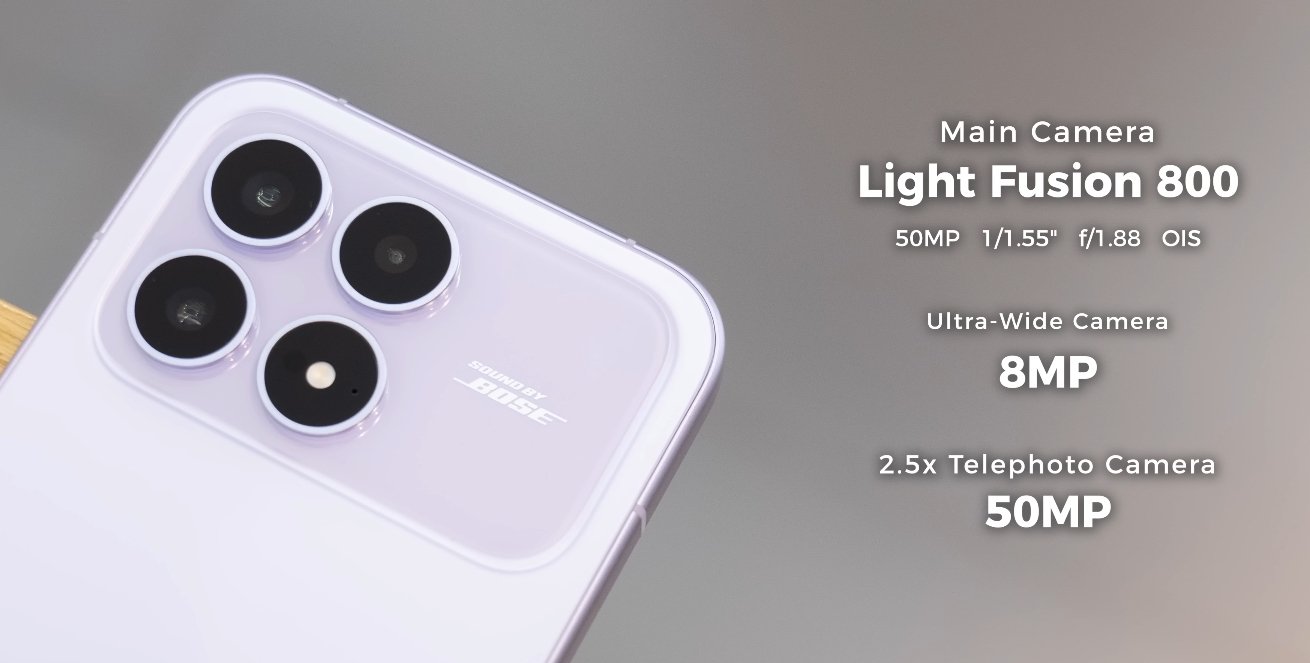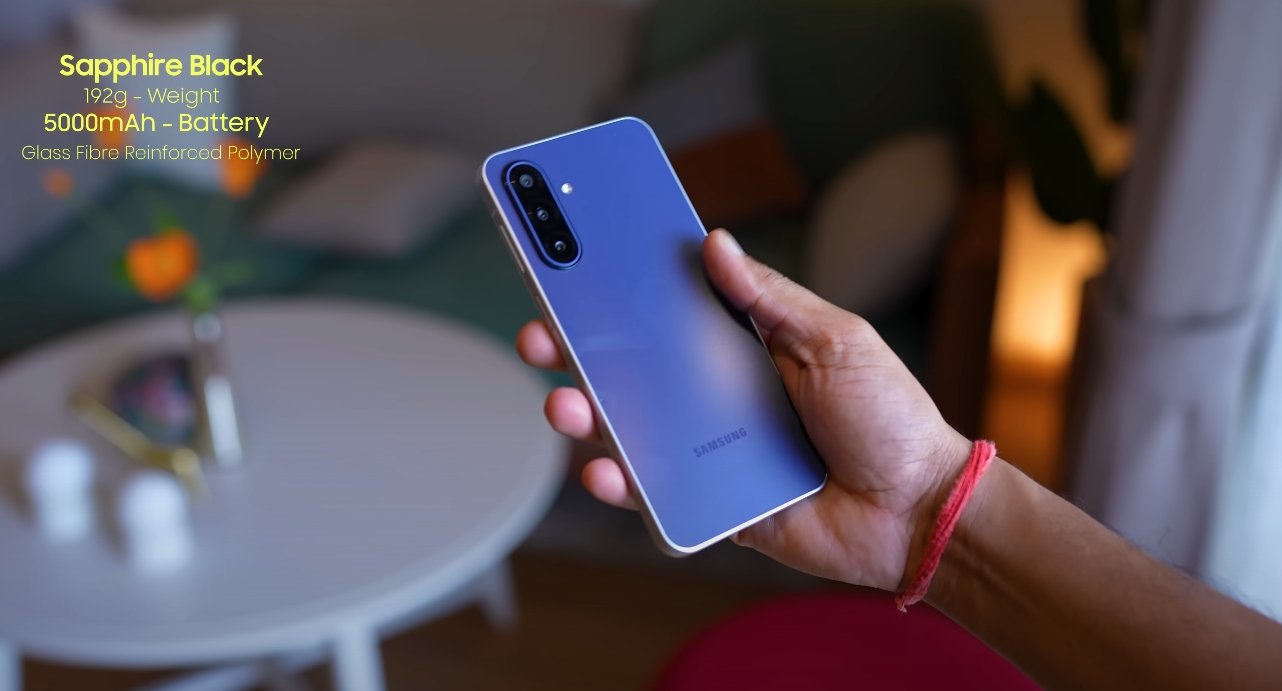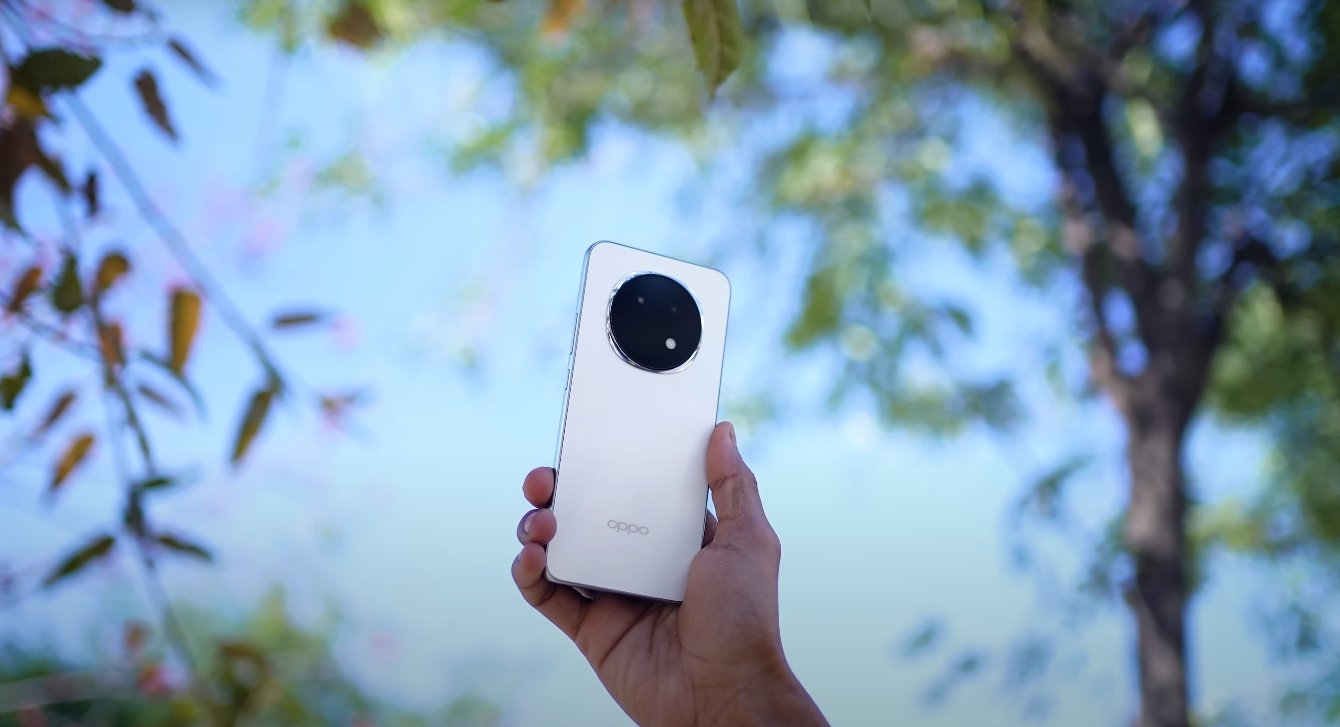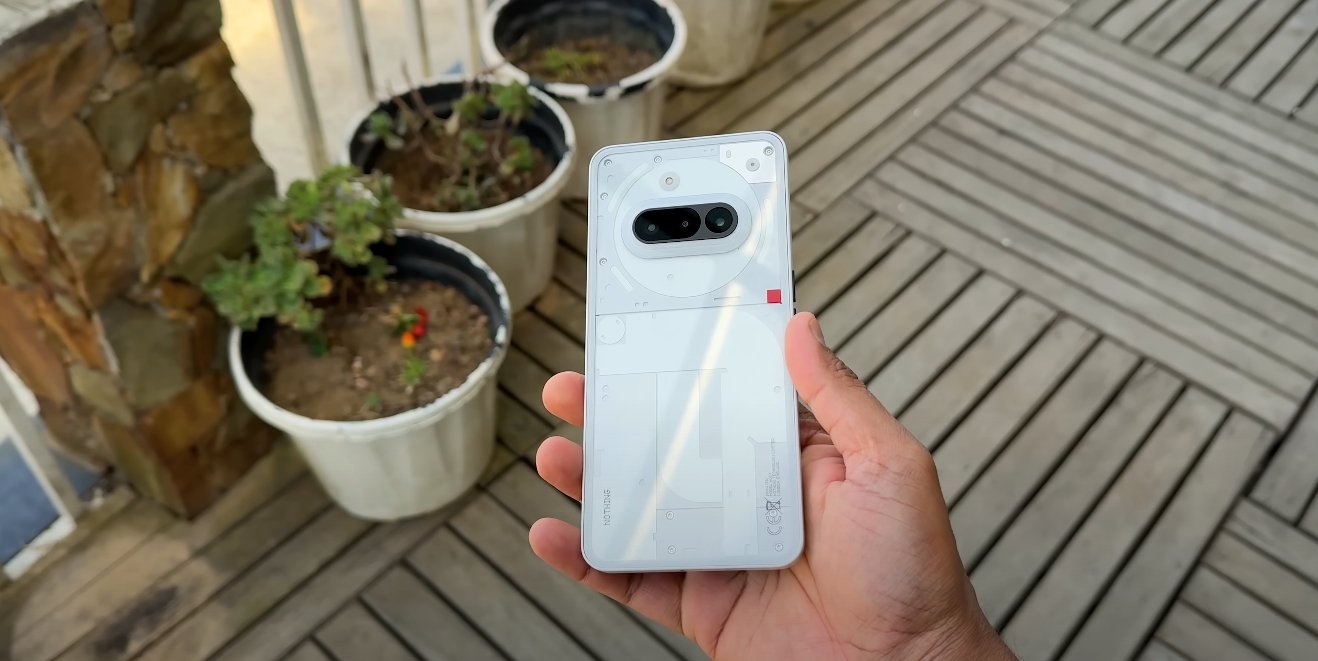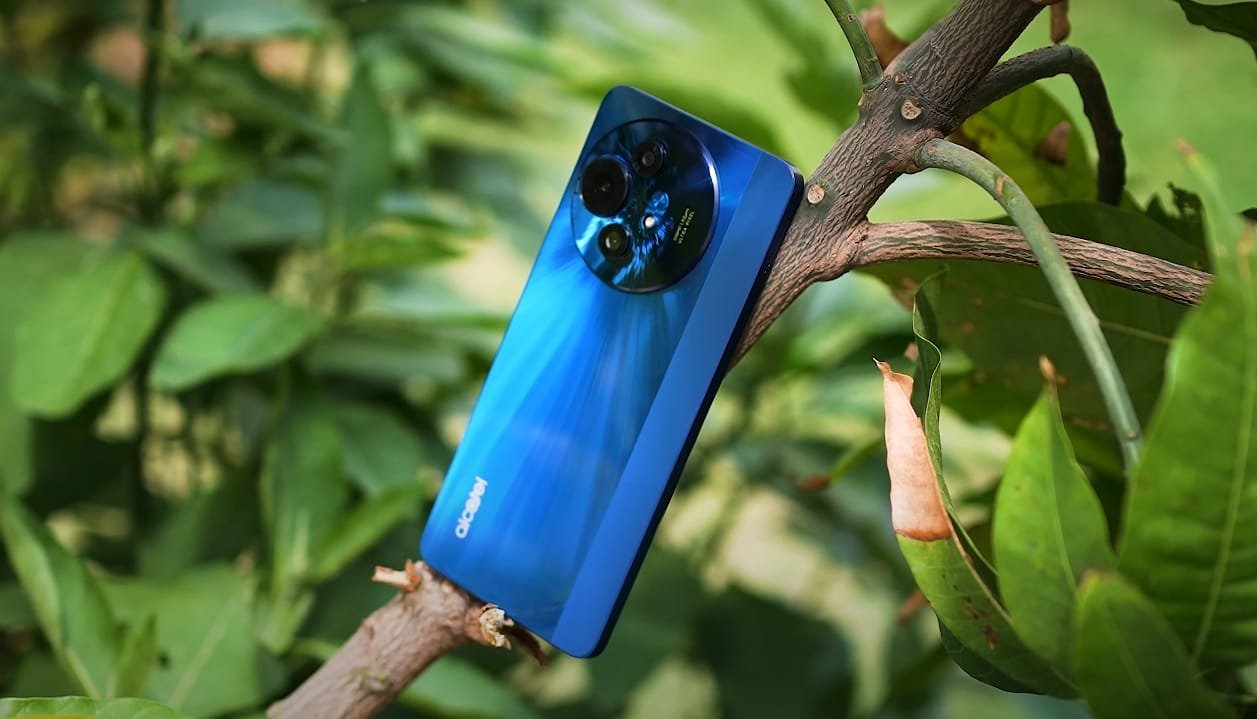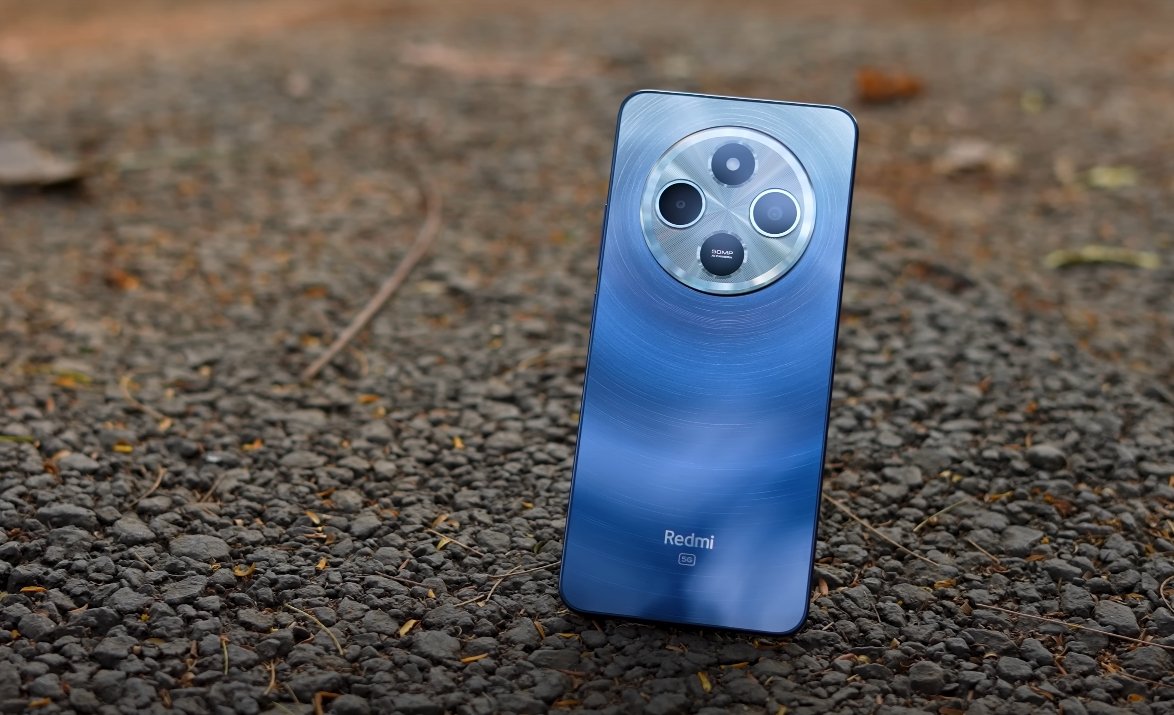Checking Compatibility Before Using Redmi’s Flagship in New Zealand
As Redmi’s K90 Pro Max continues to gain attention worldwide for its impressive performance and flagship-grade features, smartphone enthusiasts in New Zealand are eager to know whether this device will function seamlessly on their local networks. While the phone’s specifications make it an appealing choice, understanding how its network bands align with New Zealand’s carriers is crucial before importing or using it in the country.
The Redmi K90 Pro Max, primarily released in China, comes packed with an extensive range of 4G and 5G bands. This wide compatibility allows it to operate in multiple regions, though not all versions are equally suited for every market. New Zealand’s telecommunications infrastructure relies heavily on specific LTE and 5G frequencies that determine how well a device performs across urban and rural areas. The good news for potential users is that Redmi’s latest flagship supports many of these essential bands, but there are still details worth examining.
For 4G LTE, New Zealand’s major carriers—Spark, One NZ (formerly Vodafone), and 2degrees—depend on several core frequencies, including Band 28 (700 MHz), Band 3 (1800 MHz), Band 1 (2100 MHz), Band 7 (2600 MHz), and Band 40 (2300 MHz). The Redmi K90 Pro Max supports all of these, giving it strong potential for stable 4G connectivity across the country. Band 28, in particular, is vital for rural and suburban coverage because of its long-range capabilities and better indoor penetration. Since this band is included in the phone’s supported list, users can expect reliable 4G performance even in less densely populated regions.
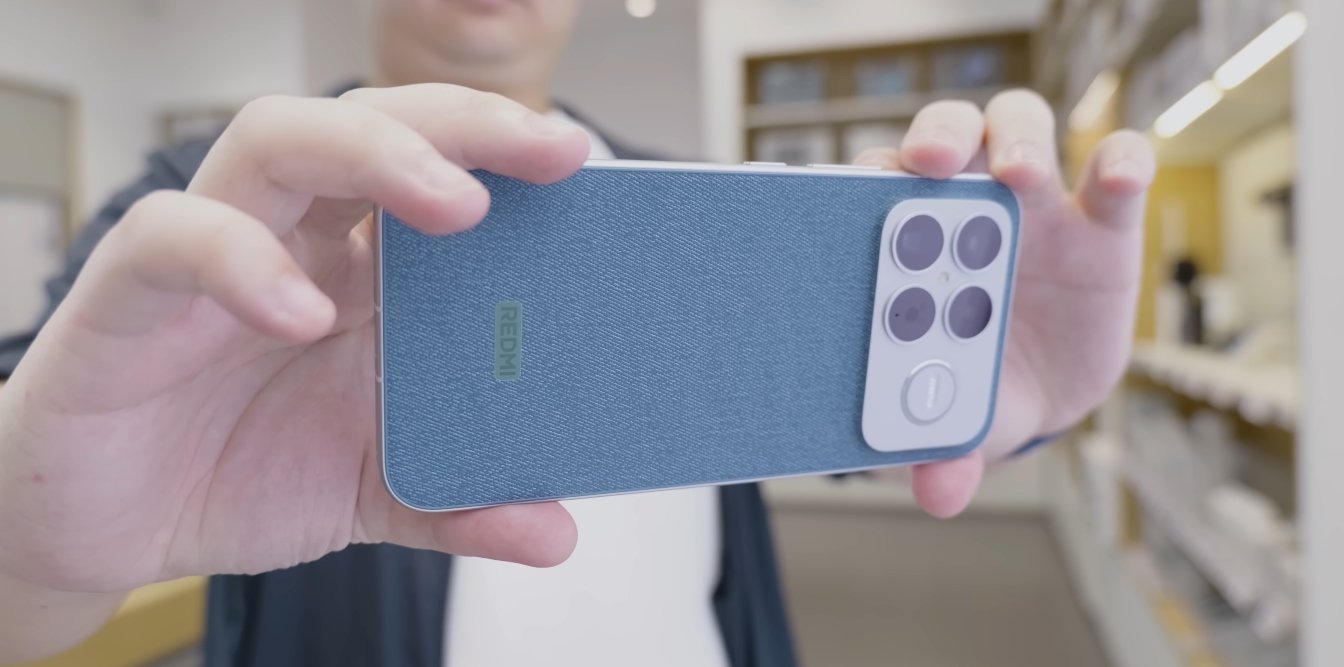
When it comes to 5G, New Zealand’s rollout primarily focuses on Band n78 (3500 MHz), with other frequencies like n40 and n28 used in specific regions or in early stages of development. The Redmi K90 Pro Max supports both n78 and n28, meaning it’s well-equipped to handle New Zealand’s primary 5G infrastructure. Users in cities such as Auckland, Wellington, and Christchurch should experience solid 5G speeds where coverage is active. However, as with any imported model, actual performance may vary depending on carrier settings, firmware optimization, and regional network certification.
While the technical compatibility looks promising, Canadian buyers and New Zealand importers alike must remember that having the correct bands does not guarantee complete functionality. Imported phones, particularly Chinese variants, often lack official carrier certification in markets like New Zealand. This can impact advanced features such as Voice over LTE (VoLTE), Wi-Fi calling, and 5G standby support. Since many New Zealand carriers are phasing out 3G networks, VoLTE becomes essential for making voice calls over 4G and 5G. Without carrier approval, these services might not activate automatically, resulting in call drops or limited functionality in certain regions.
Another factor to consider is firmware and software optimization. The Chinese version of the Redmi K90 Pro Max typically runs MIUI designed for the domestic market, which may include preinstalled regional apps and different network settings. While the hardware supports the necessary bands, some settings might require manual adjustment or flashing of the global firmware to ensure smooth connectivity in New Zealand. This process is straightforward for tech enthusiasts but could be challenging for average users who expect a plug-and-play experience.
Warranty and service support are also worth noting. Since the Redmi K90 Pro Max is not yet officially released in New Zealand, imported units may not qualify for local warranty repairs. Any servicing would need to be done through international channels or third-party repair centers. Additionally, updates may arrive later than global variants, as Chinese versions often follow different release cycles for security patches and system upgrades. These factors don’t affect the phone’s network compatibility directly but can influence long-term usability and stability.
Despite these limitations, the Redmi K90 Pro Max remains an exciting prospect for users who prioritize performance, design, and value. Its Snapdragon 8 Elite Gen 5 processor, large battery, and premium display make it competitive against more expensive flagships available locally. For urban users with access to strong network infrastructure, the device should deliver an excellent experience with 4G and 5G connectivity. Rural users, too, could see decent results thanks to Band 28 support, which covers much of the country’s wide-open areas.
In summary, the Redmi K90 Pro Max matches well with New Zealand’s key 4G and 5G bands, offering a high likelihood of smooth network performance. However, buyers should remain aware of potential trade-offs involving VoLTE certification, warranty coverage, and software updates. For those willing to import and configure their device manually, the K90 Pro Max stands out as a powerful, future-ready smartphone that aligns well with New Zealand’s evolving network landscape. With its wide band support and cutting-edge features, it’s a capable choice for users who want flagship performance without paying flagship prices — as long as they’re ready to manage the minor regional limitations that come with importing it.
